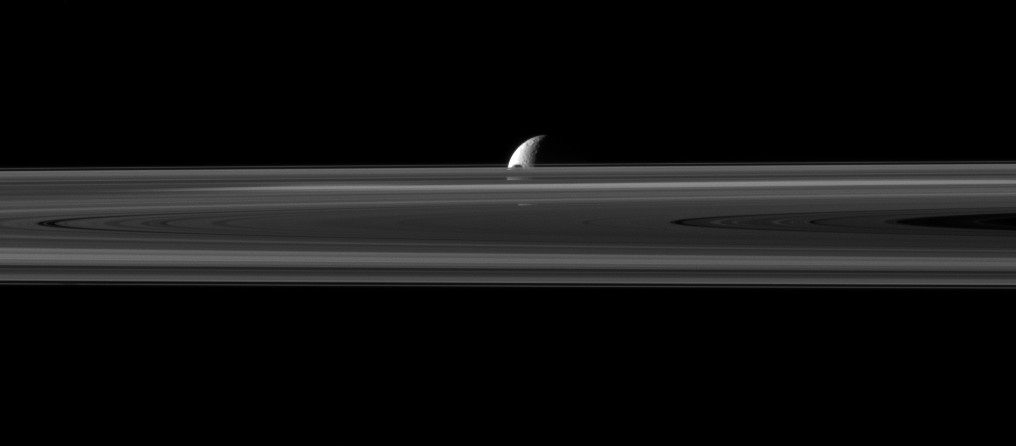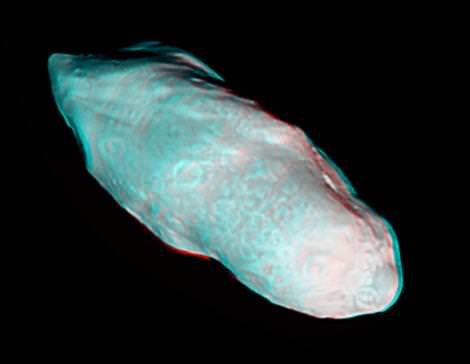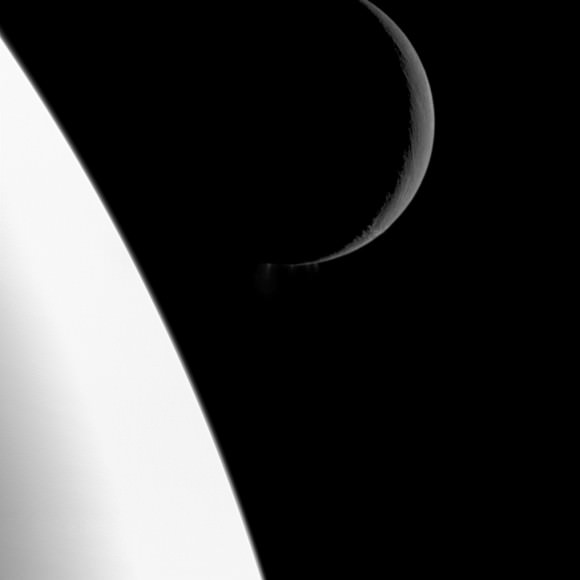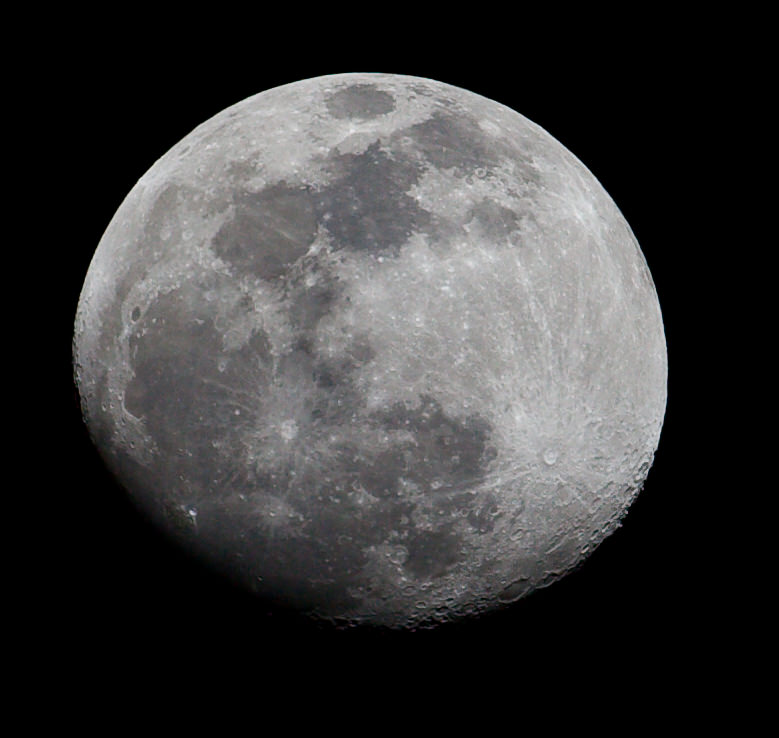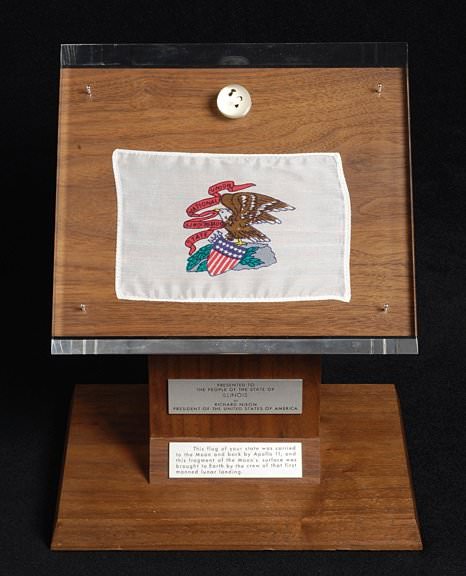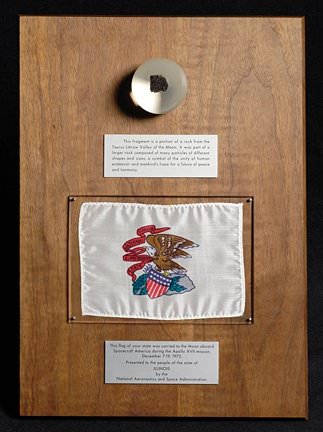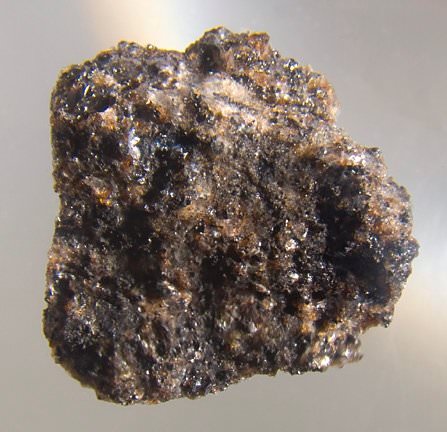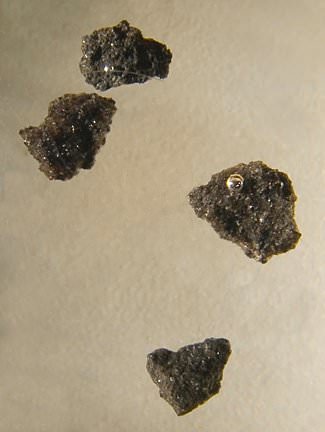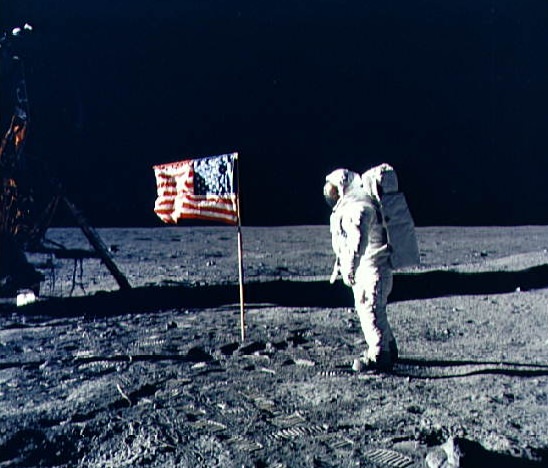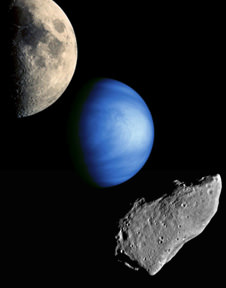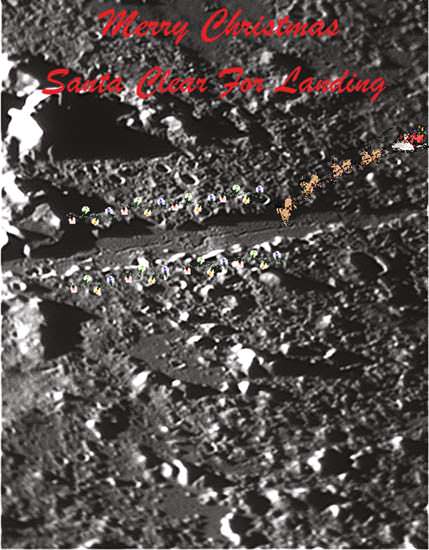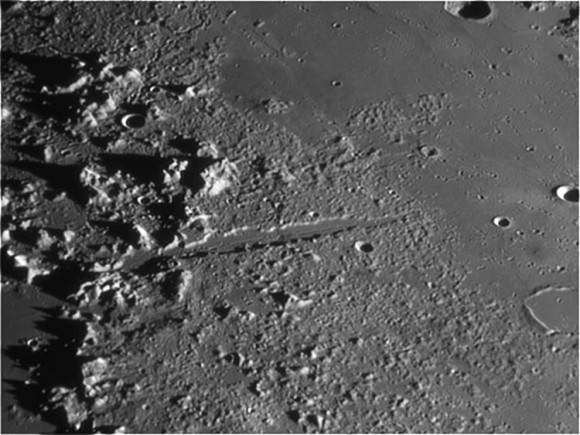[/caption]
Almost five months ago, the LCROSS spacecraft had an abrupt end to its flight when it impacted a crater on the Moon’s south pole. But that was only the beginning of the work of principal investigator Tony Colaprete and the rest of the science teams, who have since been working non-stop to get their initial results out to the public. Look for a flood of ‘water on the Moon’ news to be announced at the Lunar and Planetary Science Conference this week.
“The data set from LCROSS is a lot more interesting that we thought it would be,” said Colaprete, speaking on a “My Moon” webcast, sponsored by the Lunar and Planetary Institute. “A big part of our time has been making sure the data is properly calibrated. That takes a lot of time and effort, but the other side of the equation is understanding all the stuff you don’t understand in the data, and there was a lot we didn’t initially understand.”
The LCROSS team will present six papers, 11 posters and several oral sessions at the LPSC.
While the results are still under embargo, Colaprete was able to discuss the basics of what the science teams have found.
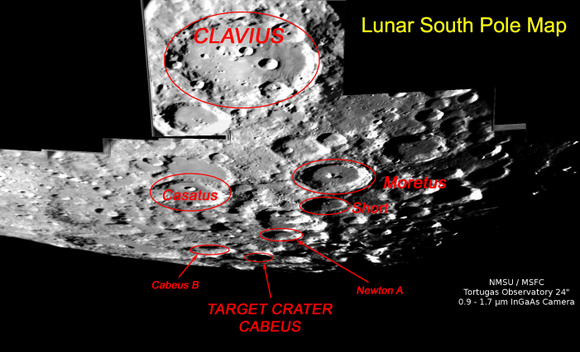
One surprise for the teams was the low “flash” produced by the impact of the spacecraft. “We didn’t see a visible flash, even with sensitive instruments,” Colaprete said. “There was a delayed and muted flash and the impactor was essentially buried, with all the energy apparently deposited at a depth. So it is very likely that there were volatiles in the vicinity.”
The second surprise was the morphology of the impact plume. “We had reason to believe there would be high angle plume,” said Colaprete. “But we had a lower angle plume. We had a signal of a debris curtain in the spectrometers in LCROSS all the way down in the four minutes following the impact of the Centaur stage. That was corroborated with DIVINER measurements with LRO (a radiometer on the Lunar Reconnaissance Orbiter.) They were able to make some great observations of the ejecta cloud with DIVINER, and we had good signals with our instruments all the way down to impact.”
Most surprising, Colaprete said, was all the “stuff” that came up from the impact. “Everyone was really excited and surprised about all the stuff that we threw up with the impact.”
The LRO spacecraft was able to be tilted in orbit so the LAMP (Lyman-Alpha Mapping Project) instrument could observe impact plume. It observed a plume about 20 km tall, and observed a “footprint” of a plume up to 40 km above the Moon’s surface.
“They saw vapor cloud fill the ‘slit’ of the spectrometer’s observations at about 23 seconds after impact and it remained there through the entire flyby,” Colaprete said. “What that corresponds to is a hot vapor cloud of about 1000 degrees that was observed.”
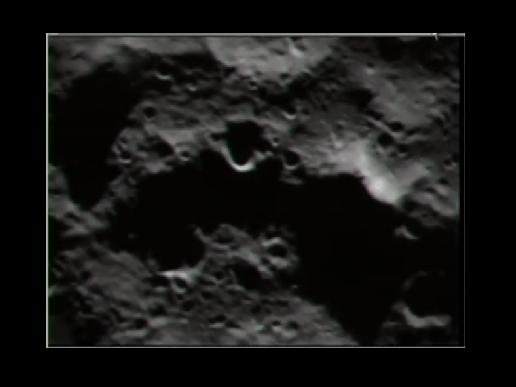
Two exciting species found in the cloud were molecular hydrogen and mercury. “What is fantastic about that, is that there was an article written a couple of decades ago, regarding the possibility of mercury and water at the poles, and they said don’t drink the water!”
Colaprete said observing molecular hydrogen is spectacular because normally it doesn’t stay stable even at 40 Kelvin. The teams are still speculating how it was trapped and what form it was in. They found about 150 kg of molecular hydrogen in the plume.
All the elements found in the plume must be coming from cometary and asteroidal sources, Colaprete said. They also found water ice, sulfur dioxide, methane, ammonia, methanol, carbon dioxide, sodium and potassium. “We haven’t identified everything yet, but what we’re seeing is similar to what you would see in an impact of a comet, like what happened with the Deep Impact probe, which is exciting and surprising. The mineralogy in the dust itself that we kicked up corresponds to what was seen by M Cubed instrument, and also what we see in chondrite asteroids.”
One of the most pleasing aspects of this scientific process, Colaprete said, was the different teams being able to verify what other teams were finding.
“The concentration of hydrogen we saw in the regolith was higher than expected,” Colaprete said. “We ran the numbers again, and we said, ‘Oh, we can’t wiggle out of this answer.’ Then the PI for the LEND (Lunar Exploration Neutron Detector on LRO, which can acquire high-resolution neutron datasets) instrument confirmed that their numbers were entirely consistent with what we got. It was surprising because it wasn’t what we expected. But that is why you make measurements.”
“This should be a fun year as we pull this all together, and get it released to the public so we can get a lot more neurons looking at this,” Colaprete said. “I think this will really change our understanding of the Moon and how we think about it.”


